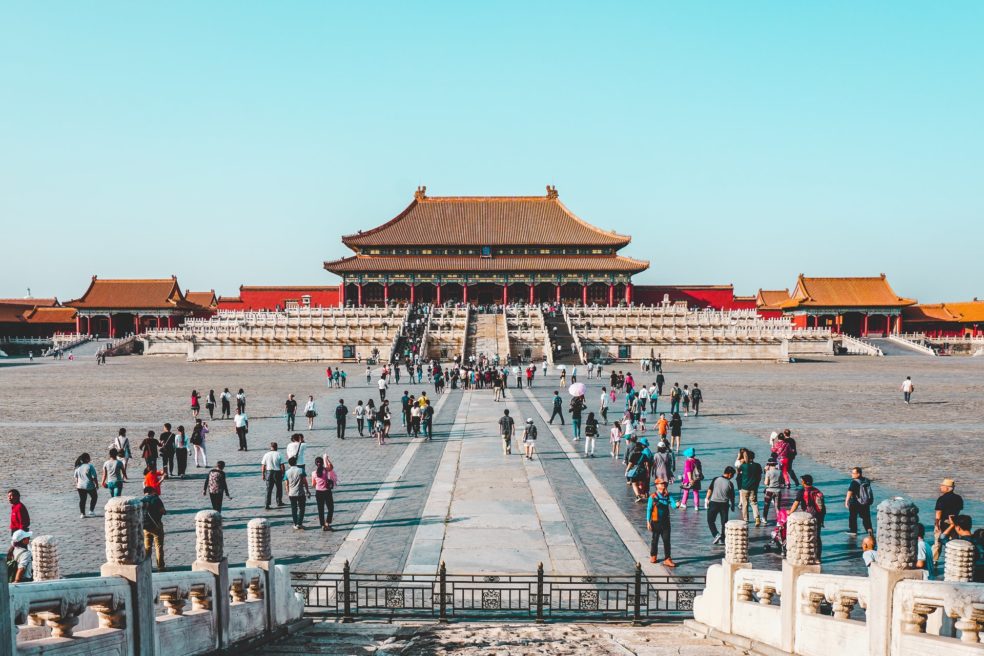China’s 14th Five-Year Plan
What is the background?
China has been using five-year time periods to steer its economy since 1953. In the meantime, the focus of these Five-Year Plans (FYP) has shifted from socialist top-down economic planning to acting more as a “guideline” – setting targets and aligning incentives.
A draft version of the 14th plan (2021-25) was released in late 2020 and the final version was passed in March 2021 at the Two Sessions – one of China’s major political meetings. More detailed implementation plans for major sectors, ministries, and regions will follow in the months ahead. In addition, this time the FYP was also accompanied by a so-called Vision 2035, a long-term blueprint for China’s economic trajectory.
What are the key topics of the 14th FYP?
Within its 192 chapters on 140 pages, the plan covers a broad range of socio-economic topics and goals. Here are some selected highlights relevant for international companies operating in China:
China has been using five-year time periods to steer its economy since 1953. In the meantime, the focus of these Five-Year Plans (FYP) has shifted from socialist top-down economic planning to acting more as a “guideline” – setting targets and aligning incentives.
A draft version of the 14th plan (2021-25) was released in late 2020 and the final version was passed in March 2021 at the Two Sessions – one of China’s major political meetings. More detailed implementation plans for major sectors, ministries, and regions will follow in the months ahead. In addition, this time the FYP was also accompanied by a so-called Vision 2035, a long-term blueprint for China’s economic trajectory.
What are the key topics of the 14th FYP?
Within its 192 chapters on 140 pages, the plan covers a broad range of socio-economic topics and goals. Here are some selected highlights relevant for international companies operating in China:
- GDP Growth: Given the global uncertainties, no definite economic growth target was set beyond 2021 (above 6%), which allows more flexibility to adjust economic policy in the future.
- Economic Model: The new so-called Dual Circulation strategy primarily aims to support the internal economic circle by boosting domestic markets (strengthening consumption & investment and decreasing exposure to foreign economic shocks); at the same time China aims to further open up to foreign businesses by improving business conditions, granting more access, and liberalizing trade.
- Innovation and R&D Push: Domestic innovation capabilities and technological self-reliance are considered national strategic imperatives and shall be pushed by rising investments in R&D (7% growth p.a. targeted, companies will receive further incentives and tax breaks).
- Focused industries include AI, quantum computing, semiconductors, neurosciences, genetic research and biotechnology, advanced clinical medicine and healthcare.
- Energy Security & Sustainability: Goal to reduce energy consumption intensity and carbon emission intensity, while expanding the scale of wind and solar power, and reducing China’s reliance on foreign sources for coal, crude oil, and natural gas.

What does this mean for MNEs operating in China?
Out of the 14th FYP’s broad scope, EAC highlights four key implications for MNEs operating in China:
Out of the 14th FYP’s broad scope, EAC highlights four key implications for MNEs operating in China:
- The careful economic outlook and missing growth target indicate a focus on resilience and a shift to a potential “healthier growth model” with less focus on topline GDP development.
- Despite the term “dual circulation” and the focus on domestic consumption, there is no targeted economic isolation: China stays in favor of global trade and still seeks foreign investment.
- With the shift towards innovation and technology, local competition will further increase: Expect more Chinese “regional champions”, especially in the FYP’s core industries.
- In certain industries foreign companies are highly welcome (esp. for R&D), and will be able to profit from investments associated with key targets in areas like in healthcare or renewable energies.
China’s 14th Five-Year Plan puts a strong focus on economic robustness and innovation leadership. Foreign companies will face stronger competition but can also profit from ambitious goals in certain industries.
Download Briefing





